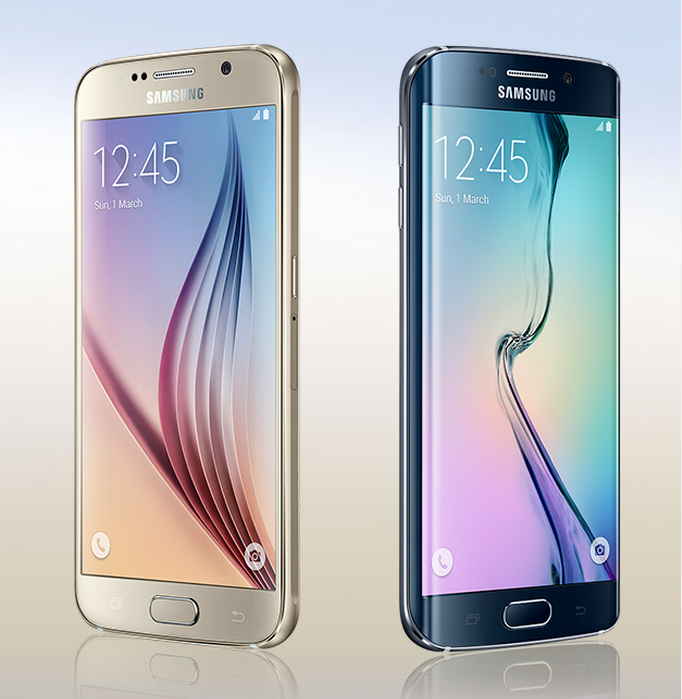Samsung banks on backward compatibility in payments play

Samsung Pay will be launched on the Galaxy S6 this summer
Samsung has announced a new mobile payment service called Samsung Pay, that it claims will break the obstacles to mobile wallet adoption by being compatible with older point-of-sale terminals through the use of Magnetic Secure Transmission, which allows terminals using traditional magnetic stripe technology to accept payments.
Mobile wallets have historically struggled to gain traction at least in part because merchants were reluctant to buy new hardware. Samsung’s answer is to use both Near-Field Communication contactless and MST, which was obtained the MST technology from LoopPay, which it acquired last month.
The idea behind supporting older terminals is to create ubiquity – Samsung estimates that 30 million merchants will be able to accept Samsung Pay when it launches in the summer.
“Samsung Pay will reinvent how people pay for goods and services and transform how they use their smartphones,” said JK Shin, chief executive and head of IT and mobile communications at Samsung Electronics. The company has also partnered with MasterCard and Visa, as well as American Express, Bank of America, Citi, JP Morgan Chase and US Bank, to help create the necessary infrastructure.
However, according to Kieran Hines, practice lead for financial services at Ovum, the impact y is likely to be more modest than Shin suggests. To use Samsung Pay, users have to add their payment card, open the Samsung Pay app, choose the desired payment card and authenticate with a fingerprint sensor. They also need tap the device to the POS terminal. The main problem now, he says, is to find a way for mobile wallets to actually add value to the consumer and the merchant, beyond simply making payment widely possible – which it already is.
“The magnetic stripe could be useful in the US, where they are only now starting to migrate to EMV, but it is still basically putting a card onto a mobile phone,” Hines said. “It still doesn’t really offer anything that adds value to the consumer above using a card. Samsung does allow a wider range of cards than Apple Pay, but what is the problem it is solving?”
Hines added that mobile payments advocates such as Samsung and Apple really need to make it worthwhile for the merchant and the consumer. For example, Apple Pay doesn’t allow the merchant access to the consumer transaction data, which would have been useful to the merchant. Samsung Pay has not yet been launched, so it remains unknown what the company’s stance on this will be. But if customer data is of value to merchants, Samsung will also have to find a way to balance the interests of merchants against the interests of the customers generating the data.
“Just because a mobile payments technology is embedded in the handset does not automatically mean merchants are happy to use it, or that customers will adopt it,” said Hines.
According to Ovum research, one of the factors that most influences whether or not a new customer uses a new payment method again is the user experience. If the merchant is untrained and unfamiliar with a new kind of payment method, the user experience may be less than ideal. Hines notes that after a period of initial excitement last October, reports suggest use of Apple Pay decreased significantly.
The other major hurdle, from a consumer standpoint, is security. A recent report by Experian found that consumers are still afraid to make payments on a mobile device.
Samsung Pay has its own mobile security platform, Samsung KNOX and ARM TrustZone to protect transaction information from fraudsters and data theft. The service does not keep personal account numbers on a consumer’s device. It uses tokenisation – replacing sensitive card data with a unique, secure token to prevent fraud. Samsung has also promised a ‘Find my mobile’ feature, which will allow users to lock or wipe their phone remotely in case they lose the handset.
Samsung Pay will initially be available in the United States and Korea this summer and expand to other regions, including Europe and China with the roll-out of the Samsung Galaxy S6 and Galaxy S6 edge handsets.









































